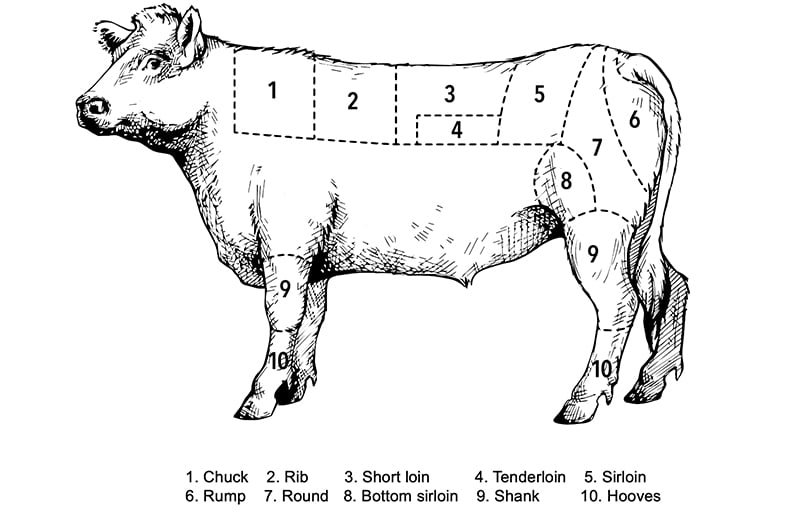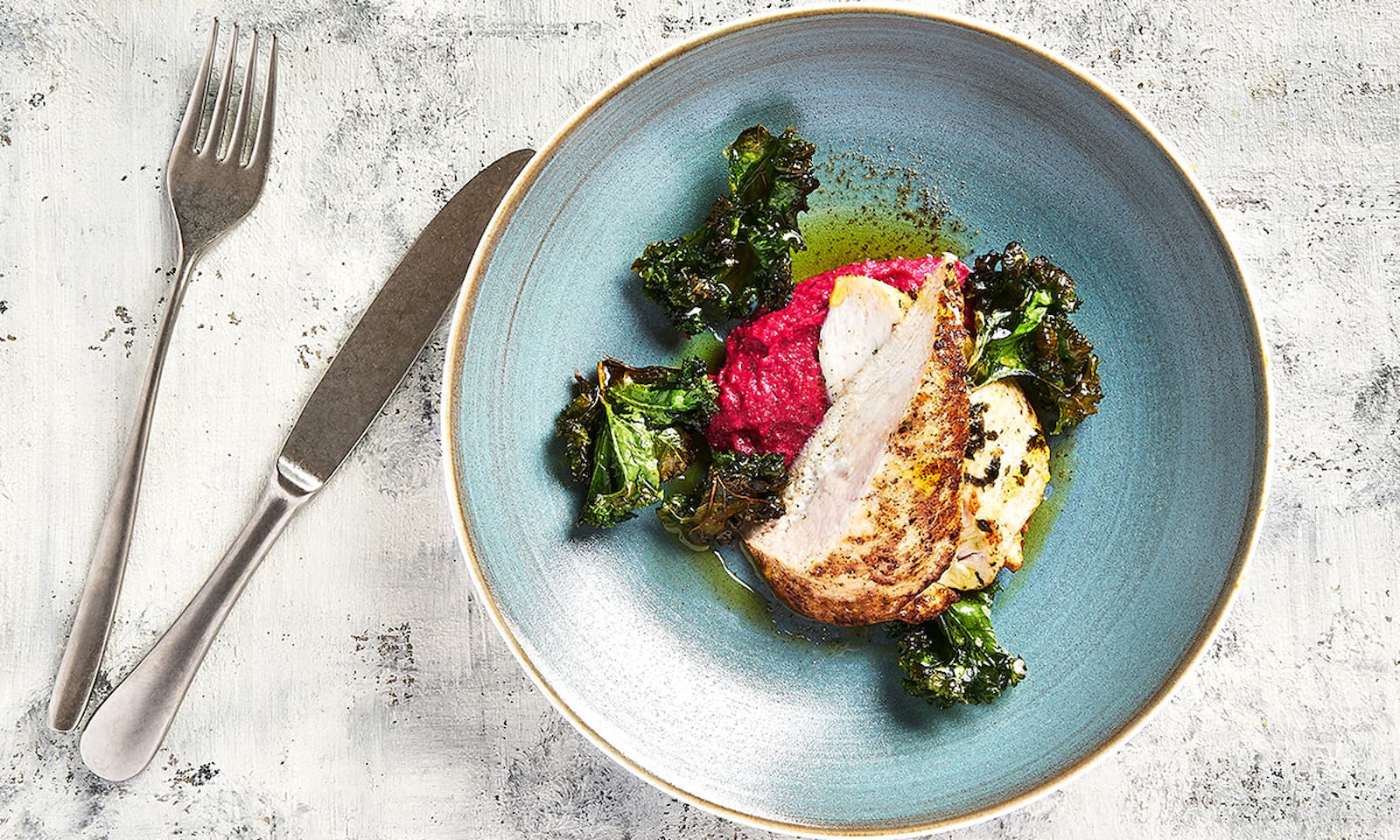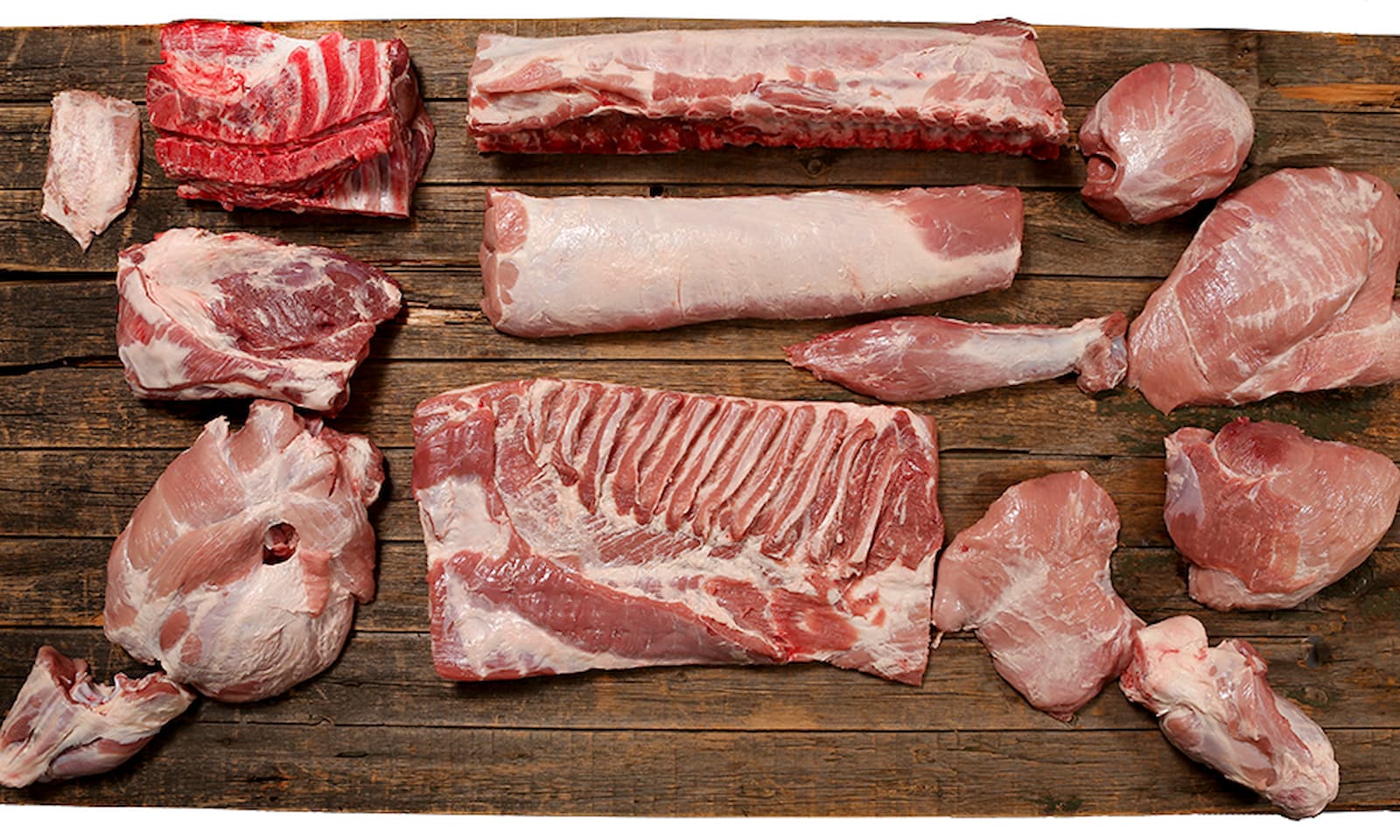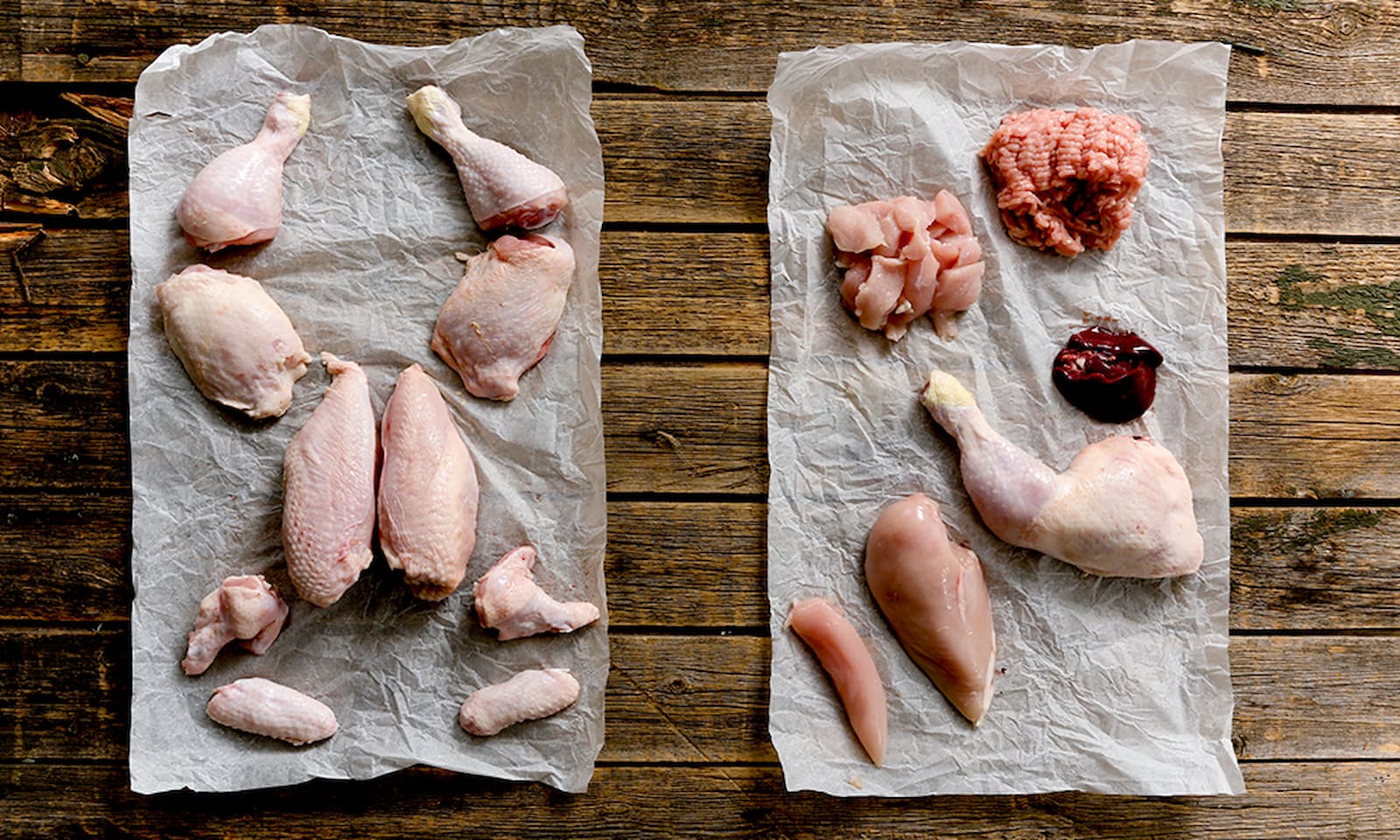We believe that meat, in the right amounts from the right farms, is a valuable part of a happy and healthy life. That is why we take the lead in creating a sustainable approach to meat.
Naturally safe meat
Our contract farmers rear cattle in Finland. HKScan’s contract farms in Finland are committed to following strict guidelines for animal rearing, feeding, health care and biosecurity. Finland is well suited for beef production as it is good to grow grasses and produce grass feed here. Production of milk and beef maintains food self-sufficiency and animal grazing supports biodiversity.
In our operating countries, more than 80 per cent of beef comes from animals in the milk production chain, which means that the carbon footprint of production is proportionally lower than in separated meat production. In addition to dairy and meat products, the carcasses of the cattle are fully utilised to produce leather and gelatine, among other things. Read more about beef production in the Nordics.
While the use of antibiotics in our operations is already very low, we continue to carefully and systematically monitor their use within our primary production as well as in our contract production. The quality of HKScan products is also assured through compliance to high quality and environmental standards, with nearly all our units certified under ISO 9001, ISO/FSSC 22000, BRC and ISO 14001 standards. Slaughter and cutting policies at HKScan’s main production facilities follow strict EU and USDA regulations.
Cattle farming in Nordics
Our farmers make sure that there are enough feeding and drinking places for the entire herd. Cattle are ruminants that spend most of the day collecting feed, chewing and ruminating. Cattle eat 8 to 12 hours and ruminate 6 to 9 hours a day. In Finland, there is no soy in beef cattle feed.






